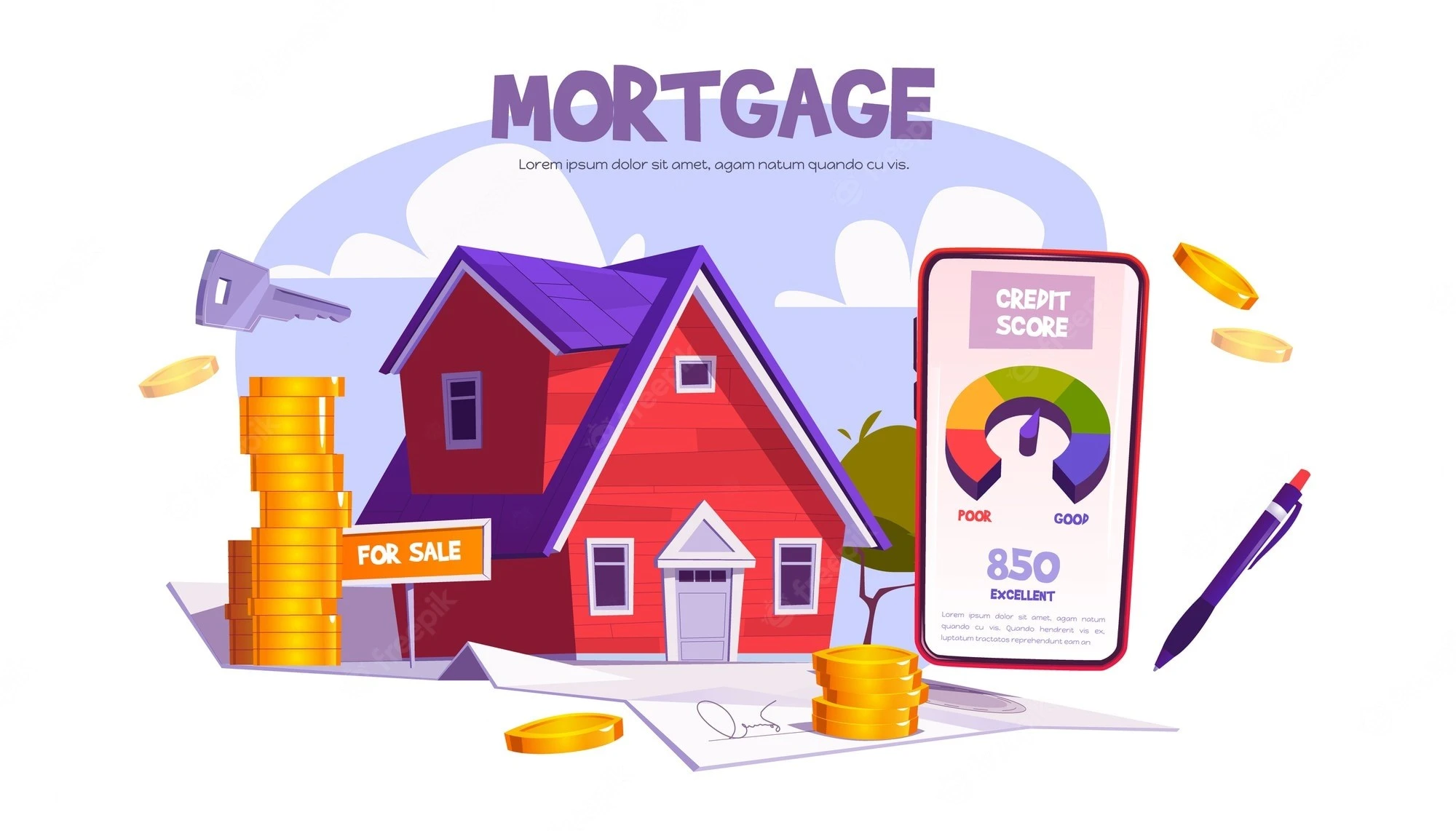A mortgage is the biggest financial commitment that most people will make in their lifetime. Because of this, it’s important to understand how a loan works. Reducing the cost of financing your home is an important factor when deciding which mortgage you should choose. Understanding loan structure and its impact on monthly payments can help you make the right decision for you and your budget. There are two primary types of mortgages: fixed rate and variable rate loans.
Each type has many subcategories with different features, rates, and acronyms. When shopping around for a mortgage, there are several factors to consider so that you can get the right loan at an affordable price. Understanding loan structure helps you compare apples to apples when comparing mortgages or loans offered by different lenders. Here’s a deeper look at what it all means:
What Is Loan Structure?
Loans come in many varieties, with each having their own unique features. The primary types of loan structure are fixed-rate loans, variable-rate loans, adjustable-rate loans (ARMS), and hybrid loans. Fixed rate loans have a fixed interest rate over the life of the loan. The amount of money you’ll have to pay back will be the same no matter what happens to interest rates. If interest rates go up, your monthly payment stays the same. If interest rates go down, you don’t get to take advantage of the lower rates. Fixed rate mortgages are good if you are planning to stay in your home for a long time. They’re also a good choice if you’re unsure about what the economic future holds. Variable rate loans have a variable interest rate that’s based on changes in the market. This is a great option for buyers who are planning to stay in their home for a short time.
If you plan to stay in your home for a long time, a variable rate loan could cost you more in the long run. Variable rate mortgages also make it more difficult to estimate how much money you’ll need for your down payment. Adjustable-rate mortgages (ARMs) are variable rate loans that have an initial period when the interest rate is fixed. ARMs are popular due to their low initial interest rates.
But if interest rates go up, your monthly rate could go up as well. This is why it’s important to choose an ARM with a fixed cap. Having a fixed cap on your interest rate will protect you from sudden changes. Hybrid loans are a combination of fixed and variable rate loans. They allow you to lock in a fixed rate for a certain period of time. Hybrid loans are a good option for people who want the security of a fixed rate but also want to take advantage of lower interest rates if they drop.
Fixed-Rate Loans
Fixed-rate loans have a fixed interest rate over the life of the loan. The amount of money you’ll have to pay back will be the same no matter what happens to interest rates. If interest rates go up, your monthly payment stays the same. If interest rates go down, you don’t get to take advantage of the lower rates. Some fixed-rate loans come with a prepayment penalty. This happens when you pay off your loan early. Other fixed-rate loans allow you to refinance your mortgage. Fixed-rate loans have an advantage of having a predictable payment over the life of the loan. This makes it easier for you to budget and plan for the future.
Variable-Rate Loans
Variable-rate loans have a variable interest rate that’s based on changes in the market. When interest rates go down, your monthly payment stays the same. When interest rates go up, your monthly payment could go up as well. If interest rates go down and you don’t refinance, you’ll be paying more each month. A potential advantage of a variable-rate loan is that your payment could go down if interest rates fall. Variable-rate loans have an advantage of being able to take advantage of lower interest rates.
Adjustable-Rate Loans (ARMS)
Adjustable-rate mortgages (ARMs) are variable rate loans that have an initial period when the interest rate is fixed. ARMs are popular due to their low initial interest rates. But if interest rates go up, your monthly rate could go up as well. A potential advantage of an ARM is that your rate will go down if interest rates fall. Having a fixed cap on your interest rate will protect you from sudden changes.
Understanding APR
APR stands for annual percentage rate. It’s a standardized way of calculating the cost of borrowing money. Lenders are required to show you the APR on any loan you’re considering. This makes it easier to compare loans. When comparing loans, make sure you’re comparing the APR instead of the interest rate. The APR includes the interest rate plus other fees.
How Loan Structure Affects Monthly Payments
Fixed-rate loans have the same monthly payment over the life of the loan. This makes it easy to budget for the future. Variable-rate loans have a lower monthly payment when interest rates are low. But if interest rates go up, your monthly payment could increase. Adjustable-rate loans have a lower monthly payment when interest rates are low. When interest rates go up, your monthly payment could go up as well. Hybrid loans are a combination of the above. Your monthly payment is fixed for a specified amount of time. This allows you to budget and plan more easily.
Hybrid Mortgages
Hybrid mortgages are a combination of fixed and variable rate loans. They allow you to lock in a fixed rate for a certain period of time. Hybrid loans are a good option for people who want the security of a fixed rate but also want to take advantage of lower interest rates if they drop. In the event that interest rates fall, you can refinance your mortgage without penalty. This allows you to lock in a new rate for a set amount of time.
When loan structure affects your mortgage rate
Loan structure affects your mortgage rate if you have a poor credit score or a low down payment. Lenders take many factors into account when determining your interest rate and loan terms. Your loan structure will likely result in a higher interest rate. If you have a poor credit score, you may not be approved for a fixed-rate loan. Some lenders may offer you an adjustable-rate loan (ARM) or a variable-rate loan. You may have to accept a higher interest rate as a result.
Conclusion
A mortgage is the biggest financial commitment that most people will make in their lifetime. Because of this, it’s important to understand how a loan works. Reducing the cost of financing your home is an important factor when deciding which mortgage you should choose. Understanding loan structure and its impact on monthly payments can help you make the right decision for you and your budget.
Related Courses: Financial Modeling Skills Course




One thought on “Understanding Loan Structure: How It Affects Your Mortgage”
[…] Mortgage Loans: Mortgage loans are long-term loans used to finance the purchase of real estate, such as homes or commercial […]